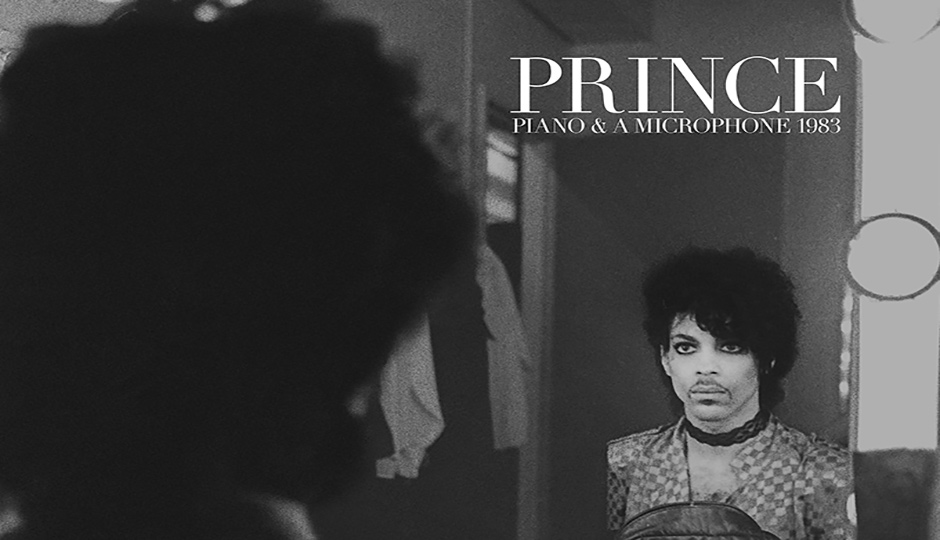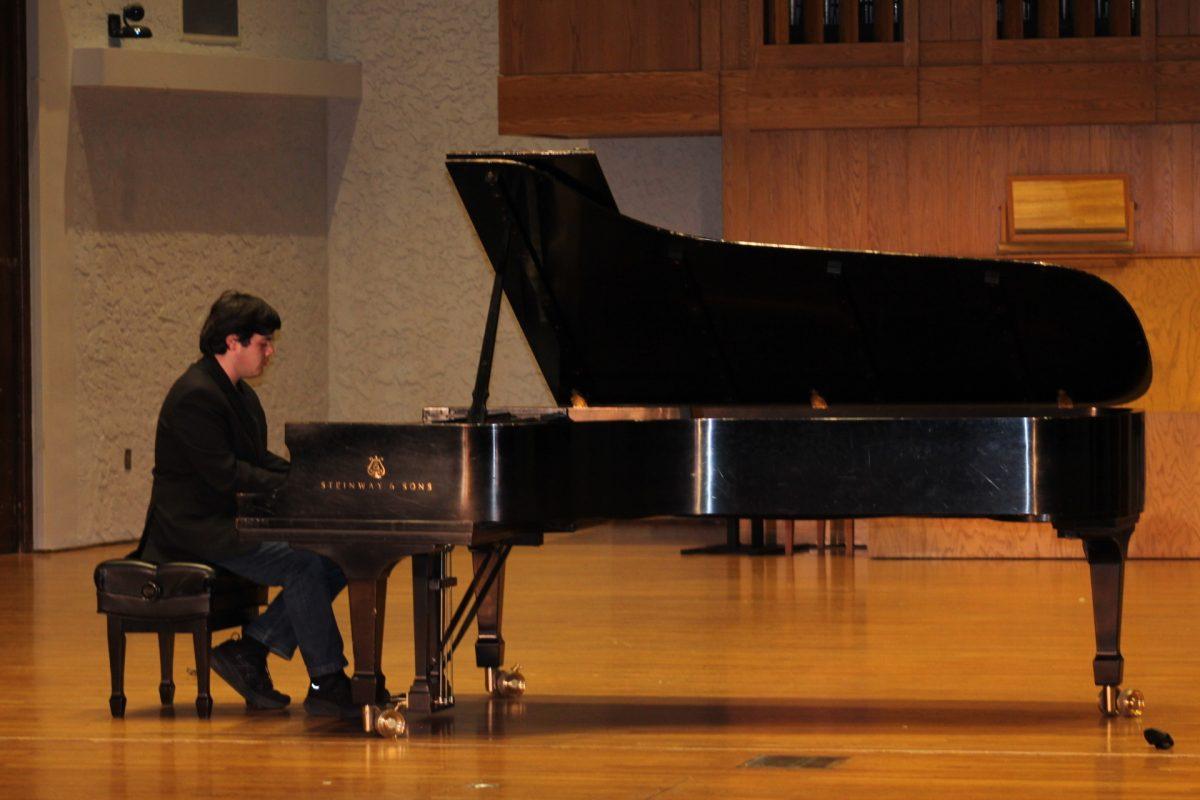Photo courtesy of The Vinyl Factory
Story by Robert Dial / Contributing Writer
This Friday, “Piano and a Microphone 1983,” the first posthumous Prince album, finally saw the light of day.
When Prince passed away in 2016 at the age of 57, fans were told that he had many recordings still unreleased. This is the first official release of original Prince music since 2015’s “HITnRUN Phase 2” and the first release after the artist’s death.
“Piano and a Microphone 1983” is a stripped-down recording featuring only Prince himself playing his way through songs that he would soon make famous on albums like “Purple Rain,” as well as a couple of older rarities and two covers.
The album starts with Prince speaking to the engineer. He asks the engineer to turn the lights down and proceeds to perform the next seven songs, which were all recorded as a single take in 1983 at his personal studio.
The first track, “17 Days,” sounds very different from the studio version. The funky bass and synthesizer composition that would later define the song is absent completely, and in its place is Prince with a simple piano riff. Even though the song is only half finished at this point, the performance is captivating. It is a rare and welcome glimpse into the writing process.
Prince also shows off his arrangement of the tune “Mary Don’t You Weep” and his version of Joni Mitchell’s “A Case of You.” The former is especially soulful and definitely one of the highlights. Prince brings a powerful gospel vibe and backs himself up chillingly on piano.
A lot of the songs on the album are songs that would later become hits. The second track on the album is a toned down one minute and thirty second rendition of “Purple Rain.” This version hardly stands out, even if the track’s release would soon become an iconic moment for music only a year later.
This is where the weakness and the strength of the album can be witnessed. Most of Prince’s original music for this album was not fully formed during its recording. It is refreshing to get cleaner, intimate versions of some of these classic songs, but at the same time, it makes sense why Prince would not want to release any of these recordings in his lifetime. A few of these tracks sound more like demos, and it feels like the album was never meant to be released, at least not while recording was happening.
Altogether, “Piano and a Microphone 1983” is a strong reminder of how capable Prince was as a musician and as a songwriter. It may not be the next classic Prince album, but it does serve to show what the artist was capable of in his prime.
To contact Lifestyles Editor Sydney Wagner, email [email protected].
For more updates, follow us at www.mtsusidelines.com, on Facebook at MTSU Sidelines and on Twitter at @Sidelines_Life




















